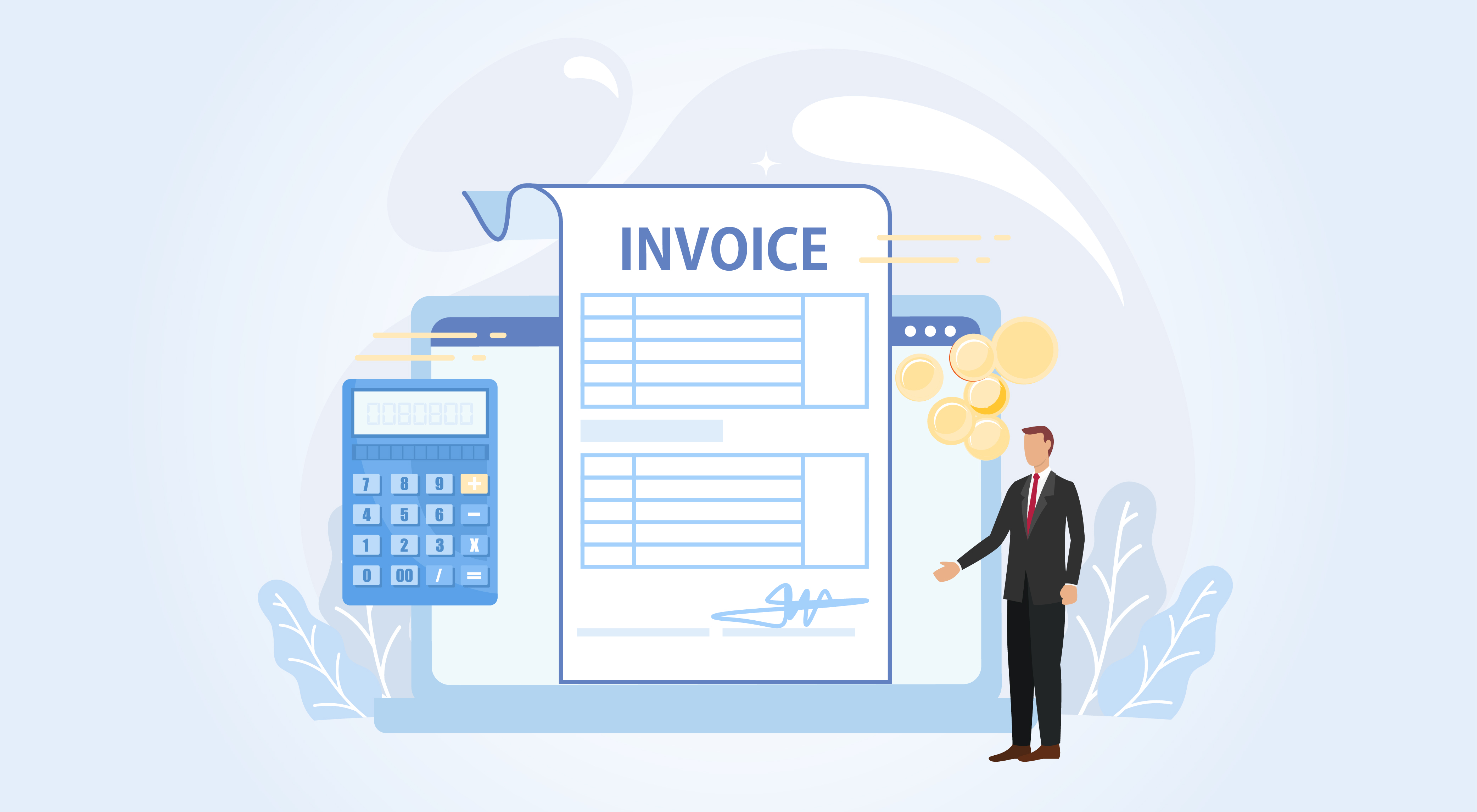Introduction
The term 'Audit' generally refers to the examination of records, returns and other documents of a registered person to verify that the turnover declared, taxes paid, refund claimed and input tax recovered are correct. With a similar objective, Federal Tax Authority (FTA) has introduced the audit process. As a part of the audit process, FTA may request the businesses to submit their business information which will be verified against the details declared in VAT returns or any other declarations made to FTA.
Once the Tax audit is initiated, the concerned business is required to produce all the information in a prescribed manner known as an Audit file. The format of the Audit file will be in FAF prescribed format in which all the information as required, needs to be submitted by the businesses. The expectation of the FTA is that the tax accounting software used by the business should be able to generate the Audit file in FAF format so that the businesses find it easier to generate and respond quickly to FTA's requests.
Unlike the VAT return, which is a summary level return, meaning only the consolidated details of sales, purchase, input VAT, output VAT, etc. are declared, the audit file, designed in FAF format needs to be produced at the invoice level.
FTA File Format
The format of the FTA audit file should be in 'comma separated value'(.csv) and should include details mentioned below:
- Company Information: The FAF file should include the following details of the company, as applicable:
- Taxable Person Name (English)
- Taxable Person Name (Arabic)
- TRN Tax (Registration Number)
- Tax Agency Name
- TAN (Tax Agency Number)
- Tax Agent Name
- TAAN (Tax Agent Approval Number)
- Supplier and customers details: The location of customer and supplier i.e. the country or the Emirate (in case country is UAE) along with TRN, if applicable should be provided. Also, you may need to assign the tax codes like ZR for Zero-rated supplies in order to identify the nature of the supply.
- Transactions Details: In the FAF file, you need to report the details at each invoice level. The details such as invoice number, invoice date, invoice value, VAT amount, etc. need to be captured in the audit file. The following are the transaction details you need to capture in the FTA Audit File (FAF).
|
Purchase Invoices / Imports / Credit Notes/ Sales Invoices / Credit Note |
|
| Invoice No. | Document number |
| Permit No. | If available |
| Invoice Date | Transaction Date |
| Transaction ID | Any reference ID identifying the transaction |
| Line No. | The line number of the invoice etc. (in case of multiple items in invoice etc.) |
| Debit and Credit Amount | In Actual Currency and Converted to AED |
| VAT Amount | In Actual Currency and Converted to AED |
In the case of payment transactions, you need to capture the payment date.
Apart from the above-mentioned details, you also need to capture the description of goods and services along with the VAT code, details of adjustment like journal entry and comment stating rounding off is used, if the values are rounded off.
Conclusion
Once the Tax audit is initiated, it is the responsibility of the business to generate the Audit file and respond quickly to FTA. This will be possible only when VAT software used by the businesses helps in the generation of audit files in the prescribed format. With the level of information to be captured in the audit file, for businesses using manual records, the process of producing the information required by the FTA will be time-consuming. Therefore, it is imperative for businesses to use VAT software that will not only help you to account for VAT but walks with you, every step of meeting VAT compliance. In other words, it should help you in generating the VAT returns and Audit file with a click of a button such that the businesses are able to meet the VAT compliance with minimum cost.
Read more about Federal Tax Authority (FTA)
e-guarantee Cancellation in FTA portal, Steps to Submit e-guarantee in FTA portal, Administrative Penalties under Tax Procedures Law by FTA in UAE, Change in business details to be notified to FTA, FTA Accredited Tax – Accounting Software Requirements, Benefits of using FTA Approved Tax Accounting Software in UAE
UAE VAT
UAE VAT Return, VAT in UAE, How Does VAT System Works, Frequently Used Terms in VAT, VAT Exempt Supplies in UAE, VAT Return Form 201, Tax Audit under VAT in UAE, Supply under UAE VAT, Supply of Goods and Services in UAE VAT, Input Tax Recovery under VAT in UAE, VAT Return Filing in UAE, VAT Return Filing Period in UAE, Tax Agent under UAE VAT
VAT Payment
VAT Payment in UAE, How to Make VAT Payment using GIBAN, How to make VAT Payment to FTA in UAE, VAT Payment on Import of Goods in UAE, VAT Payment through e-guarantee in UAE, VAT payment on commercial property in FTA Portal, VAT payment on import in FTA portal









